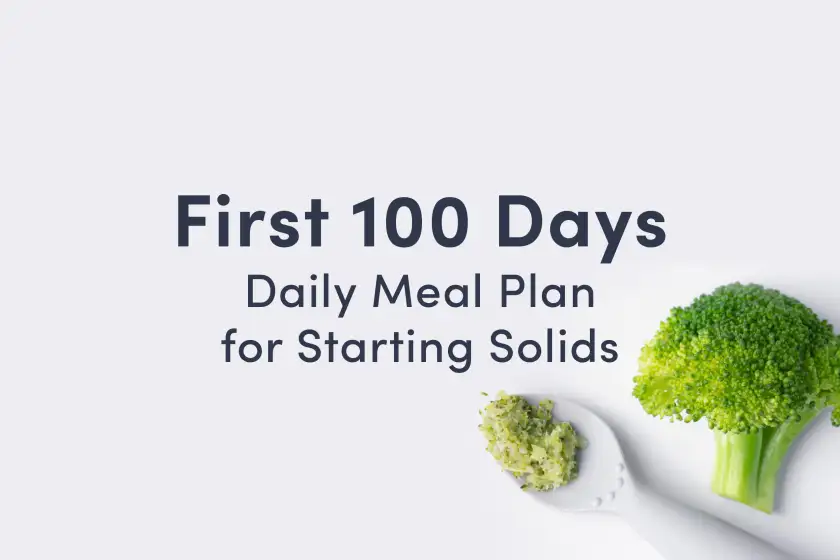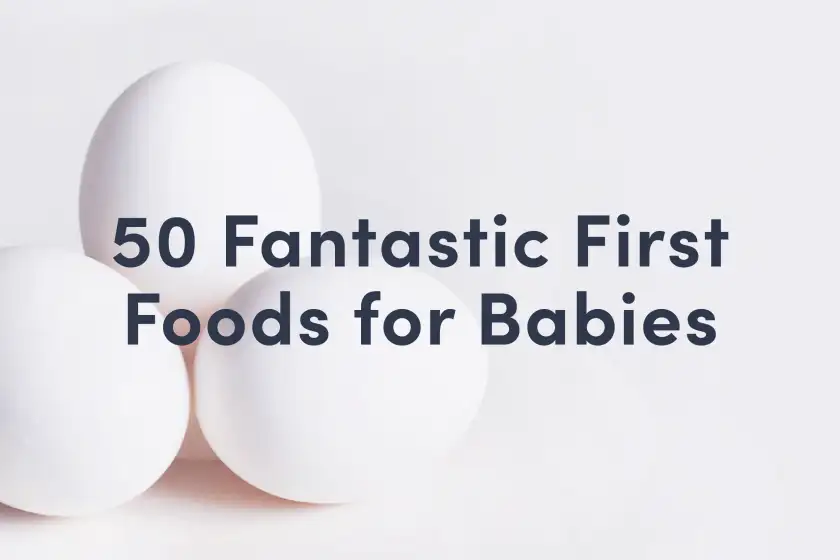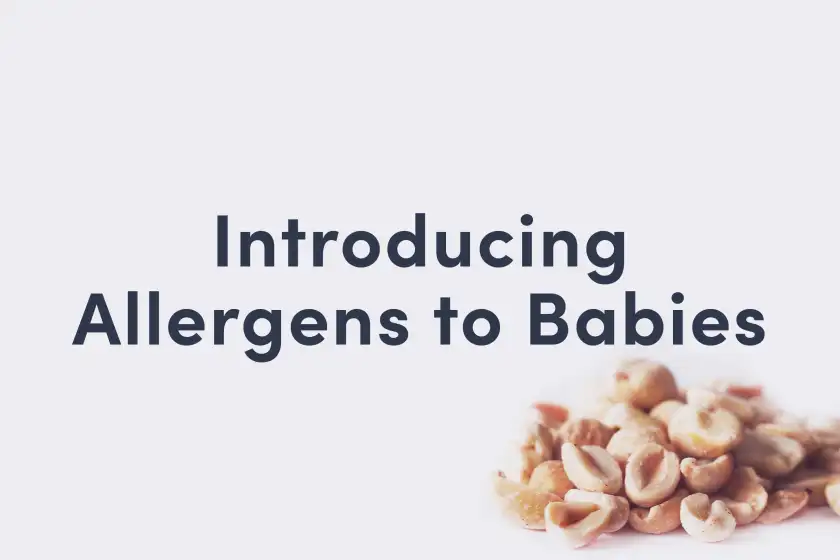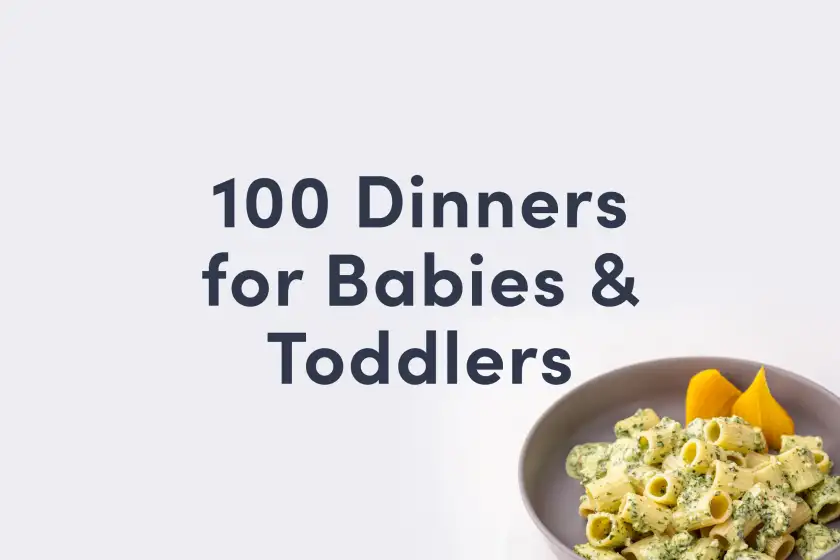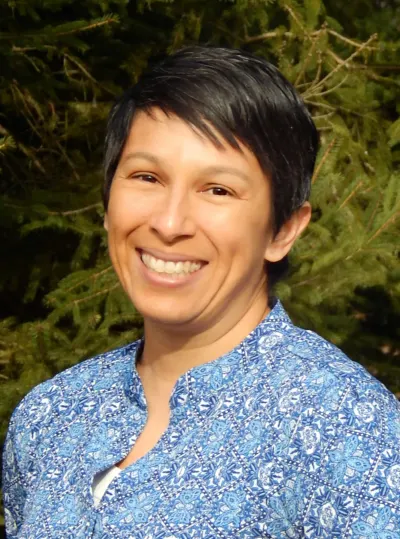Maple Syrup
Sweetener
Age Suggestion
6 months
Iron-Rich
No
Common Allergen
No

When can babies have maple syrup?
It is safe to add maple syrup to food as soon as baby is ready to start solids, which is generally around 6 months of age, however it can be beneficial to wait until the child is older. While an occasional taste of maple syrup is fine, regularly consuming excessive amounts of sugary foods can increase the risk of cavities as baby’s teeth erupt and decrease a child’s motivation to try other food.
Sinzibuckwud, the Algonquin word for maple syrup, means “drawn from wood,” and suggests the origins of this ingredient, as well as how it is made. For a brief period in the spring, sap is collected from a living tree—four species of maple are best for this, as they produce the sweetest sap—and then boiled down until it is reduced to a sweet, thick syrup. In Indigenous communities throughout what is now the United States and Canada, maple syrup is a traditional food, and the collecting and boiling of the sap is a celebrated ritual of spring.
Is maple syrup safe for babies?
Yes. Maple syrup is safe for babies as soon as they are developmentally ready for solids. Honey is well-known for its association with a risk of infant botulism, a neurological condition caused by toxins made by Clostridia botulinum spores, but this is not a known common risk in maple syrup.
Is maple syrup a common allergen?
No, maple syrup is not a common allergen, though some individuals with Oral Allergy Syndrome (also called pollen food allergy syndrome) have had reactions to raw, unprocessed maple sap, but not to the cooked final maple syrup. Oral Allergy Syndrome typically results in short-lived itching or burning in the mouth and is unlikely to result in a dangerous reaction.
As you would when introducing any new food, start by offering a small quantity of maple syrup for the first few servings. If there is no adverse reaction, gradually increase the quantity over future meals.
Is maple syrup a choking hazard for babies?
No. Maple syrup as an ingredient presents a low risk when safely prepared for a child’s age and developmental ability, though, in theory, an individual could choke on any food and candy, taffy, and other foods that contain maple syrup can pose an increased risk of choking. To reduce the risk, prepare and serve any food for baby’s age and developmental ability. As always, make sure you create a safe eating environment and stay within an arm’s reach of baby during meals.
Learn the signs of choking and gagging and more about choking first aid in our free guides, Infant Rescue and Toddler Rescue.
How do you serve maple syrup to babies?
Every baby develops on their own timeline, and the suggestions on how to cut or prepare particular foods are generalizations for a broad audience.
6 months old +:
Offering tastes of a baked good, dessert, sauce, or another shared dish containing maple syrup is not a cause for concern at this age. Aim to hold off on regularly offering food with maple syrup and other forms of added sugar to help minimize the risk of cavities as baby’s teeth erupt.
Instead of measuring and tracking baby’s consumption of sugary foods, aim for gentle balance: reduce sugar when you can, enjoy sugar when you can’t, and allow baby to explore and get comfortable with a variety of food by offering different colors, flavors, and textures, including sweet foods.
12 months old +:
Serve family meals that contain maple syrup as desired, including drizzling onto pancakes, oatmeal, or yogurt, or mixing into foods like sauces or quick bread batters. If you want to offer desserts with maple syrup in them, aim to not make them a big deal. As long as any choking hazards are modified to reduce the risk, it is fine to share some dessert with toddlers, but try to avoid offering sweets as a “reward” for eating other food, or withholding sweets as “punishment” for undesirable behaviors.
Remember that babies and toddlers naturally appreciate sweet flavor because all humans are programmed this way. While most toddlers need gentle boundaries to learn that sweets are one of many delicious foods to eat, there is no need to carefully track or restrict them.
Written by
Expert Tips Delivered to Your Inbox
Sign up for weekly tips, recipes and more!
The content offered on SolidStarts.com is for informational purposes only. Solidstarts is not engaged in rendering professional advice, whether medical or otherwise, to individual users or their children or families. No content on this site, regardless of date, should ever be used as a substitute for direct medical advice from your doctor or your medical or health professional, nutritionist, or expert in pediatric feeding and eating. By accessing the content on SolidStarts.com, you acknowledge and agree that you are accepting the responsibility for your child’s health and well-being. In return for providing you with an array of content “baby-led weaning” information, you waive any claims that you or your child may have as a result of utilizing the content on SolidStarts.com.




